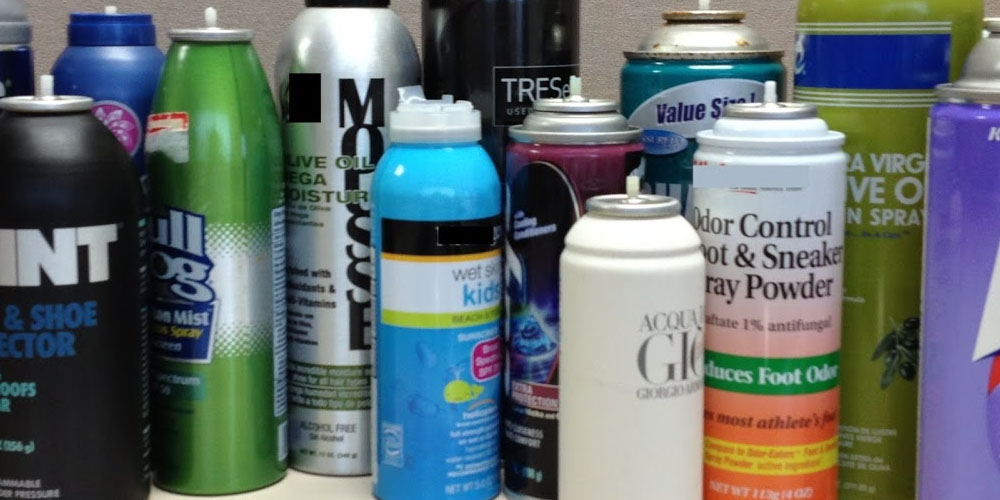Aerosol cans are efficient because they make polishing, painting, and utilizing other home chemicals such as air fresheners, deodorants, and detergents easy. The primary kinds of aerosol dispensers are misters and cans. Previously, aerosol manufacturers utilized chlorofluorocarbons while packing aerosols. Aerosols are clouds of liquid or gas that come from aerosol cans. An aerosol is a liquid mist with several solid particles dispersed via the gas. The steam from a kettle is an exemplary example of an aerosol because it consists of water droplets dispersed via a massive air volume. Conventionally, manufacturers fit aerosol sprays into their respective cans via an aerosol filling machine.
How aerosol cans are made
Different manufacturers package different aerosol sprays differently. Most producers utilize metals that can safely contain pressurized gases and liquids. Firms produce plenty of their aerosols from light steel metal plates and cover them with other materials to hinder oxidation or reactions with the aerosol or propellant filling. Experts utilize a tin coating and apply it via electroplating to develop a tinplate substance. Aerosol manufacturers bend the tinplate into a cylindrical shape with a welded bottom and top, thus rendering the can leak-proof. Presently, various aerosol spray firms substitute tin with plastic linings to ensure that their commodities are environmentally friendly.
Moreover, plastics such as polymers are recyclable and less costly. Several firms construct their cans while ensuring they incorporate a minor aluminum lump. The companies use offsetting printing tactics to write instructions and label the commodity. It is also possible for one to discover aerosol cans made of Glass. Glass is a good substance because it does not rust, nor does it react with aerosol fillings. However, Glass concedes upon applying plenty of pressure or even when dropped.
Aerosol packing
The packaging of aerosols is a timeless venture. In 1941, an American chemist created aerosol packaging, and from then onwards, firms used aerosol cans for almost everything. For instance, they pack medical products, pharmaceuticals, home cleaning products, cosmetics, and food. Sometimes aerosol packaging can be the most effective option for certain commodities. People utilize aerosols in their homes, outside, and while commuting. Examples of aerosol can commodities constitute air fresheners, spray paint, cleaning disinfectants, lubricants, deodorants, and hairspray.
Aerosol cans may be aluminum containers or cylinders which serve as spraying bottles that distribute aerosol fillings as foam or mist. People can spot aerosol goods in the marketplace; however, the ones made in America do not have harmful chemicals to the ozone layer. Nowadays, companies utilize propellants such as nitrous oxide and hydrocarbons that affect carbon adversely. Such products add ozone to the ground region because of the compressed gases and hydrocarbons emitting harmful organic compounds.
Conclusion
Aerosol sprays are the most prevalent items you can find in the residence of an average person. An individual is capable of dispensing regulated portions of aerosol sprays with the push of a button. Typically, aerosol spray cans assume a cylindrical shape and have aluminum as a critical metal component in producing thin metal sheets.
